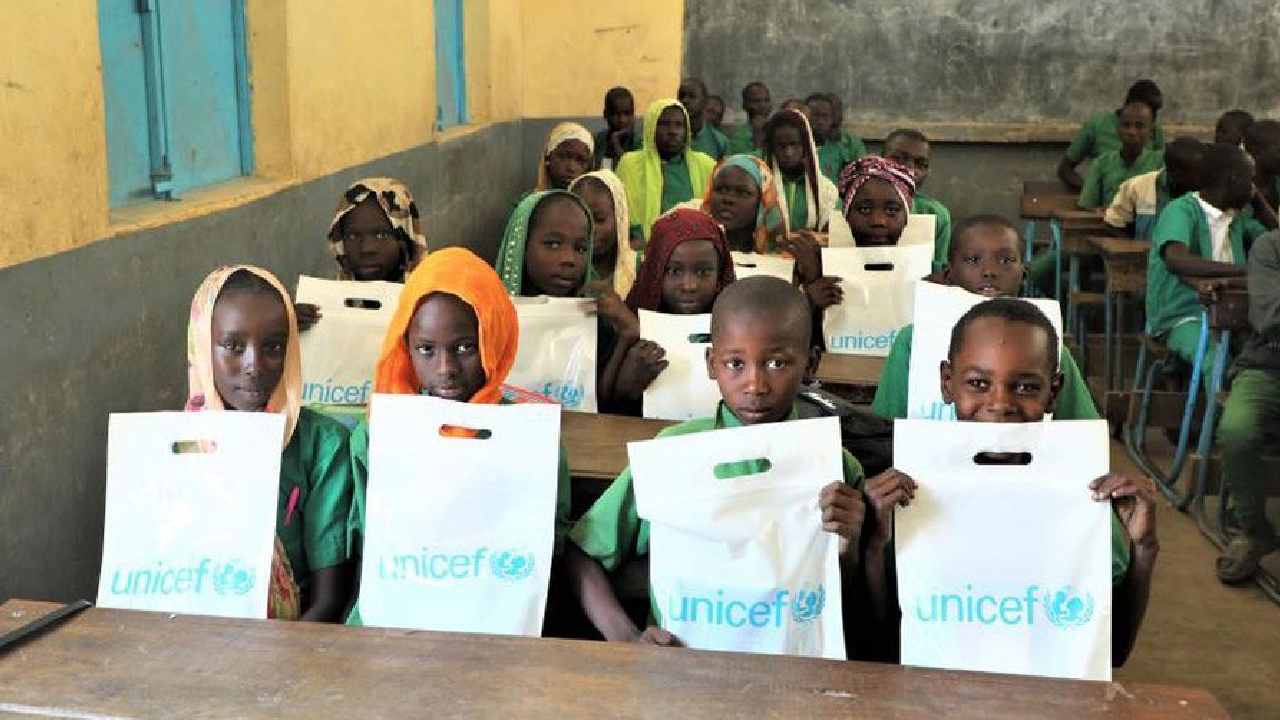The number of children affected by crises who require urgent help in education is increasing alarmingly, the United Nations global fund for education in emergencies and protracted crises warned on June 21, specifying that the figure exceeded 75 million in 2016 to 222 million today.
According to a new report from Education Cannot Wait, of the total children affected, 78.2 million children are not in school and 120 million are in school but do not have minimum proficiency levels in math or reading.
Furthermore, only 10 percent of those who attend primary or secondary education meet the proficiency standards.
According to the study, 84 percent of children out of school due to crisis live in countries such as Afghanistan, the Democratic Republic of the Congo, Ethiopia, Mali, Nigeria, Pakistan, Somalia, Sudan, South Sudan and Yemen, where there are wars and other factors that distance or prevent children from going to school. In Ukraine, it is estimated that in just a few months the conflict has affected 5.7 million children of school age.
Resources to respond to this pressing reality are insufficient and the COVID-19 pandemic has widened the gap, which is why Education Cannot Wait and its partners launched a campaign to mobilize resources today in Geneva.
The “#222MillionDreams” initiative seeks to raise funds from donors, the private sector and other actors to expand its operations, which already provide quality education to more than five million children in more than 40 crisis-affected countries.
“The world has the financial resources to ensure that every child receives a quality education. Now, we must take responsible action for the 222 million children and adolescents in emergencies and protracted crises. Governments, the private sector and foundations can and must unlock these resources,” said Gordon Brown, UN Special Envoy for Global Education.
Brown added that only then will children have the necessary tools to reach their full potential.


























